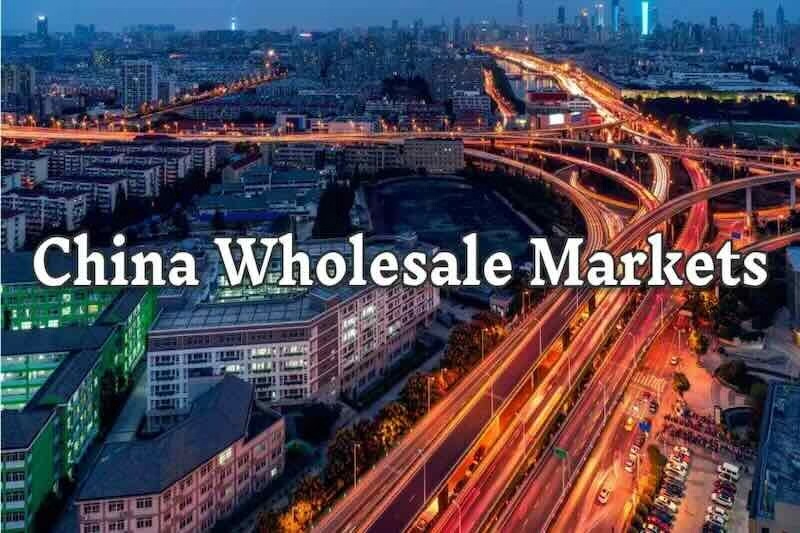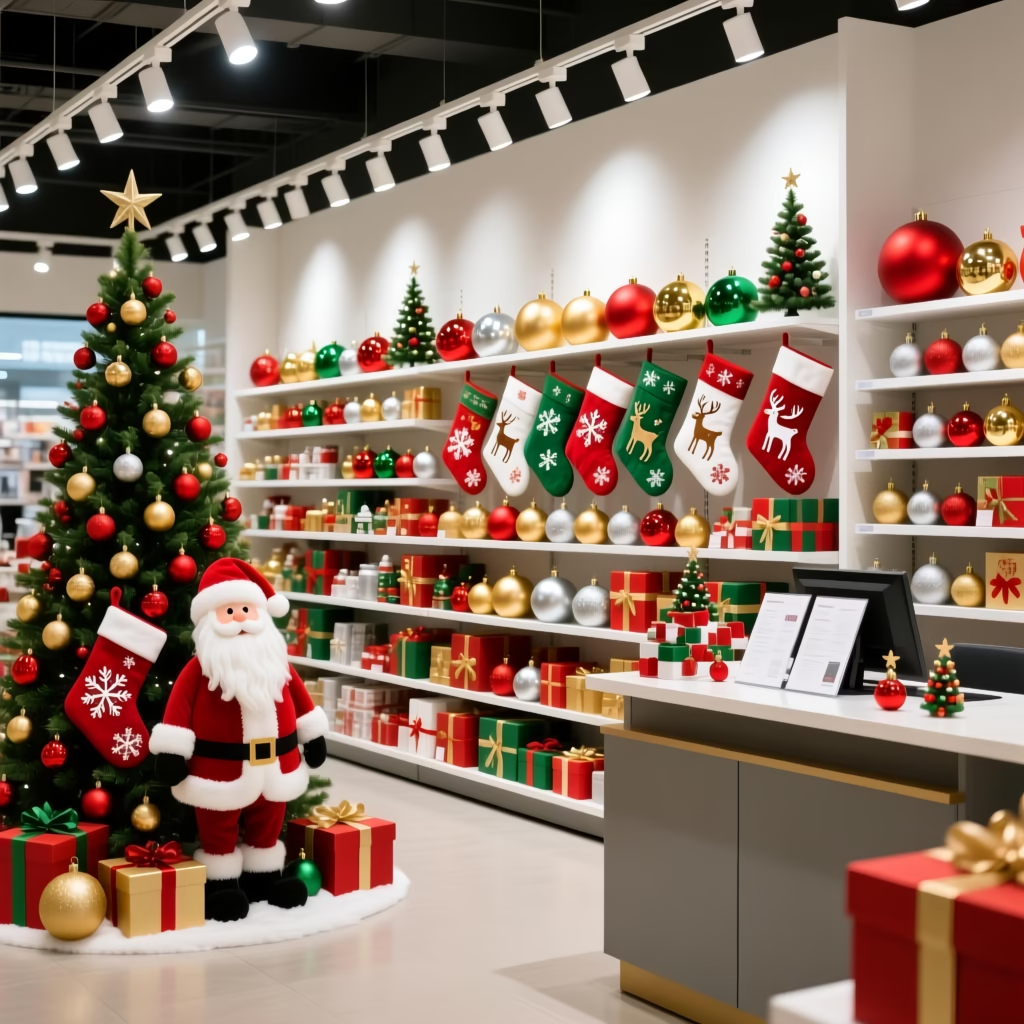Entering the world of cross-border commerce can feel like navigating uncharted waters. Sourcing products from China and reselling them in the US has exploded in popularity. You’ve seen the success stories—startups turning garage inventions into six-figure brands. But behind every glossy testimonial lies a maze of potential pitfalls. This guide dives deep into the real risks, proven strategies, and concrete data so you can decide if this path is right for your business.
Is It Safe to Buy Products from China and Resell in the US
Understanding the Risks
1: Quality Control Woes
Every entrepreneur’s nightmare: you receive a container of products, only to find 10% are scratched, misassembled, or simply not as advertised. In 2023, surveys showed defect rates for unvetted Chinese suppliers ranged between 2% and 5%, with electronics and children’s toys topping the list.
- Manufacturing inconsistencies
- Language barriers leading to miscommunication on specs
- Counterfeit components in tech products
2: Shipping Delays and Logistics
Global supply chains remain fragile. Port congestions, seasonal demand spikes, or sudden policy changes can add weeks to lead times.
- Standard sea freight: 30–45 days
- Air freight: 7–14 days but costs 4× more than sea
- Unexpected customs holdups adding 5–10 days
3: Customs, Tariffs, and Compliance
Since 2018, US tariffs on Chinese imports have fluctuated between 7% and 25%, depending on the product category. Ignoring proper classification can trigger fines or forced re-export orders.
Mitigating the Risks
Vetting and Auditing Suppliers
- Conduct factory audits via third-party services
- Ask for sample orders and third-party lab reports
- Review social proof: Alibaba Gold Supplier ratings, LinkedIn connections, past customer testimonials
Rigorous Product Testing
- Random inspections: check 5–10 units per batch
- Compliance checks: FCC for electronics, CPSIA for toys
- Full performance testing to match your US customer expectations
Building Strong Relationships
- Visit factories in person if possible
- Use clear, bilingual specification sheets
- Negotiate payment terms: 30% deposit, 70% upon inspection
Real-World Examples and Data
- A dropshipping brand sold 10,000 silicone kitchen gadgets in 2022. After rolling out rigorous incoming inspections, defect rates dropped from 4.2% to 0.6%, boosting customer satisfaction scores by 18%.
- An outdoor gear reseller faced $20,000 in tariff bills on one large order due to misclassification. A simple HS code review could have saved them 12% of product cost.
- In spring 2024, global container rates spiked 45%. Brands that pre-booked slots secured stable pricing, while ad-hoc bookers saw per-container costs soar from $3,000 to over $4,500.
Cost Breakdown Example
| Expense Category | Sea Freight (per 20ft container) | Air Freight (per 200kg) |
|---|---|---|
| Base Transport | $2,200 | $8,500 |
| Customs Duties | 12% of landed cost | 12% of landed cost |
| Insurance & Fees | $180 | $120 |
| Average Lead Time | 35 days | 10 days |
Buy Products from China and Resell in the US Q&A
Buying products from China and reselling in the US can be exceptionally profitable when approached with diligence. By understanding the common risks, enforcing strict quality protocols, and staying on top of regulatory changes, you transform uncertainty into a competitive advantage.
A Guide to China’s Top 5 Airports 2025
Soaring Through the Middle Kingdom: A Guide to China’s Top 5 Airports 2025, China’s meteoric…
The Ultimate Guide to Sourcing & Shipping Christmas Ornaments from China
The Ultimate Guide to Sourcing & Shipping Christmas Ornaments from China. The holiday season is…
Decoding Shunde: The Ultimate Guide to the World’s Appliance Capital
Decoding Shunde, If you’ve ever turned on a microwave, blended a smoothie, or adjusted your…




